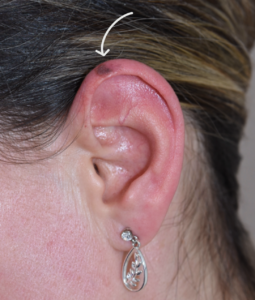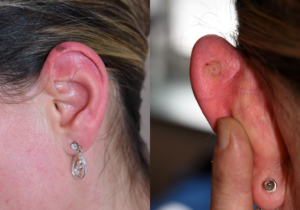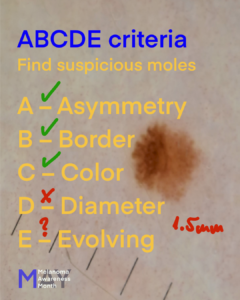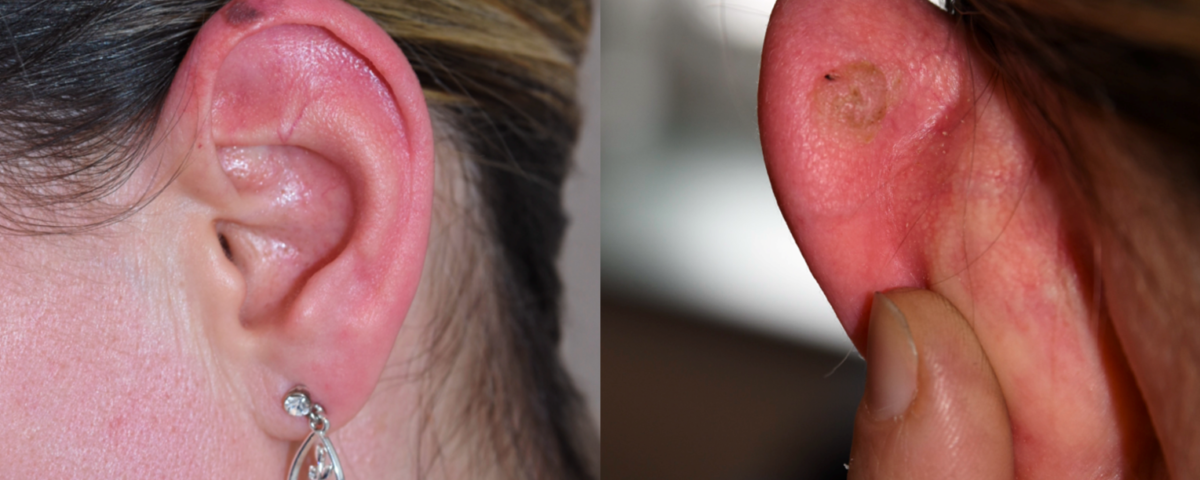
Product of the Month: ZO Exfoliating Polish
10th April 2024
Join the Fight Against Melanoma: Your Story Needed
16th April 2024The Patient’s Dilemma and Confusion
In the intricate world of dermatology, every case tells a unique story. I recently encountered a case that underscores the complexities of skin diagnoses and the significance of professional discernment. A young patient, bearing the weight of two opposing medical opinions, walked into my clinic seeking clarity. As a dermatologist, I was about to embark on a journey filled with twists and medical revelations.
The Conflicting Diagnoses: Melanoma and Keratosis
This patient had previously visited a private dermatologist and an NHS oncology surgeon, receiving two completely different diagnoses. One suspected a dangerous melanoma; the other diagnosed a benign keratosis. Such starkly contrasting opinions left the patient understandably baffled. The challenge was evident – to unravel the truth within these conflicting medical views.

My Analysis: Discovering Dual Lesions
Upon examining the patient, I discovered the root of the confusion: two distinct lesions. A pigmented lesion on the helix of the ear resembled melanoma, while a keratotic lesion was present at the back of the ear a mere centimetre apart. Each of the previous doctors had only paid attention to one of the lesions, leading to their differing conclusions. This case highlighted a critical error – the failure to recognise the coexistence of multiple issues and take precise medical notes.

The Larger Implication: Missing a Melanoma Diagnosis
What concerned me most was the oversight of the melanoma. While the keratotic lesion was benign, missing a melanoma diagnosis by the NHS surgeon could have serious consequences. The patient, primarily concerned with the keratotic lesion, had inadvertently led the doctor to focus on it, resulting in the dangerous oversight of the melanoma.
The Importance of Thorough Examination and Multiple Opinions
This case exemplifies the importance of comprehensive examinations and seeking multiple opinions in medical practice. As professionals, we must always be vigilant, recognising that patients may inadvertently underplay significant symptoms or findings.
Conclusion: The Value of Patient Advocacy and Education
In conclusion, this intriguing case serves as a potent reminder of the complexities inherent in dermatological diagnoses. It reinforces the importance of patient advocacy, thorough medical examination, and the value of multiple opinions. As a dermatologist, I am reminded of the profound responsibility we bear in ensuring accurate diagnoses and, ultimately, safeguarding the health and well-being of our patients.
If you haven’t had a professional mole check in the past couple of years, especially if you have a new or changing lesion that ticks the boxes of the ABCD rule, book one now. It might save your life.





